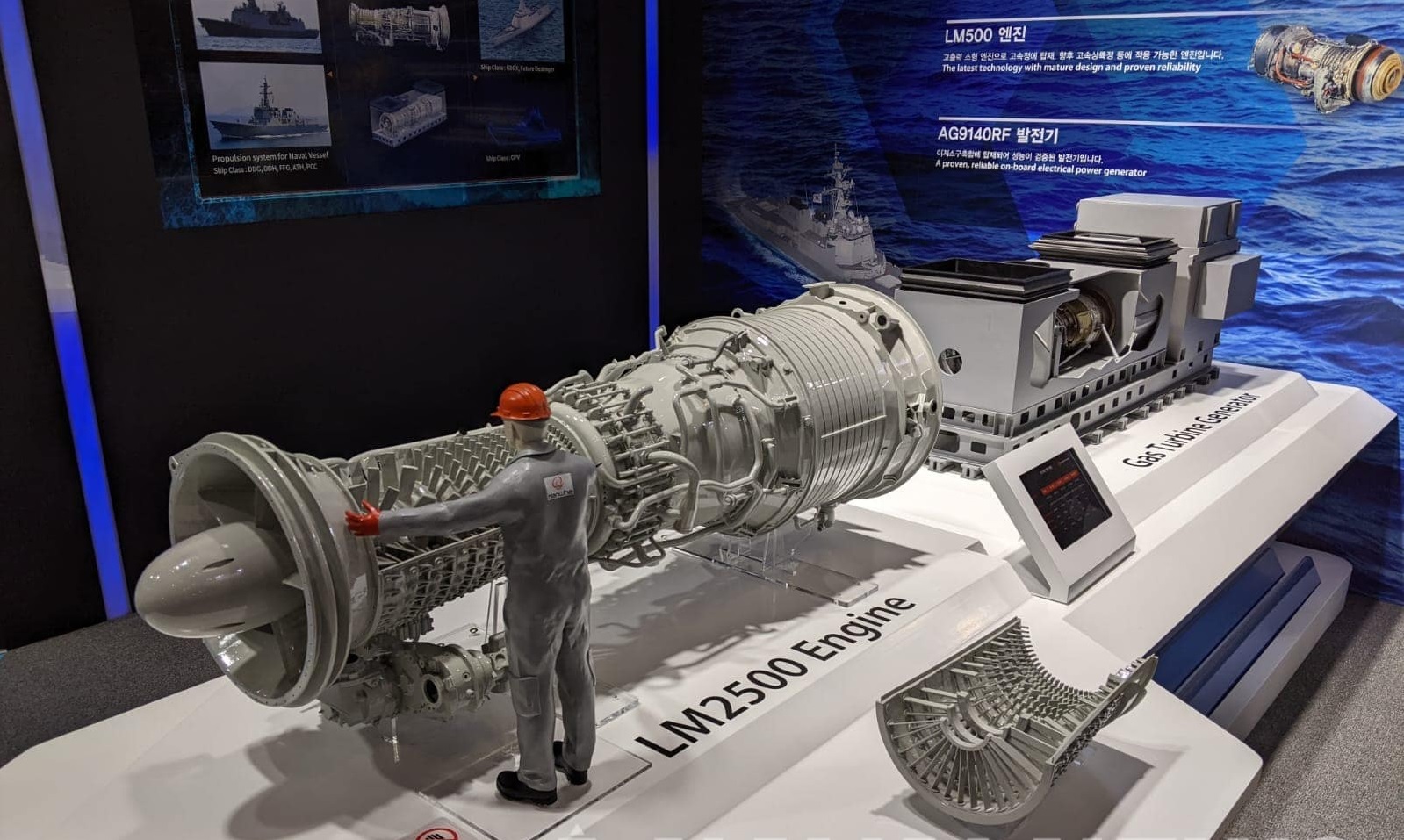Why India Opted for US LM2500 Engines Over Indigenous Kaveri and European Alternatives for Naval Ships

The Indian Navy’s recent decision to procure LM2500 gas turbine engines from GE Aerospace has sparked widespread discussion, particularly on social media, where debates about India’s reliance on foreign defence technology have been reignited. The move comes at a time when India is heavily promoting self-reliance in defence through the "Make in India" initiative. Critics argue that instead of turning to external suppliers, India should focus on developing indigenous solutions, such as the Kaveri Marine Gas Turbine (KMGT), or explore alternatives from European nations.
At the heart of the issue lies the balancing act between India’s long-term goal of self-sufficiency and its immediate defence needs. The LM2500 engines have an established track record within the Indian Navy, already powering major vessels like the Shivalik-class and Nilgiri-class frigates, as well as the INS Vikrant aircraft carrier. These engines are praised for their reliability, fuel efficiency, and ease of maintenance. In contrast, indigenous alternatives like the Kaveri engine are still in development, and other foreign options, such as Rolls-Royce’s MT30 or Siemens' SGT-500, come with challenges of their own.
The Appeal of the LM2500 Engine
One of the primary reasons India chose the LM2500 engines is their proven performance. These gas turbines have powered vessels in navies across the world for decades, providing a level of reliability and operational efficiency that the Indian Navy trusts. The LM2500 boasts a 30 MW power output, making it ideal for powering large ships like frigates and aircraft carriers. This high power-to-weight ratio is one of its standout features, offering superior performance without demanding excessive space or weight on board the vessels.
In addition to this, the LM2500’s fuel efficiency and ease of maintenance reduce long-term operational costs—factors that are crucial for a navy looking to modernize without overspending. The Indian Navy has already had positive experiences with these engines, and integrating them into newer vessels requires minimal reconfiguration compared to switching to entirely new platforms.
Another critical consideration is the track record of the LM2500 compared to other gas turbines. Over the years, India has experienced challenges with its Zorya engines from Ukraine, particularly regarding reliability and the availability of support. With the ongoing conflict in Ukraine, sourcing spare parts and technical assistance has become even more challenging. The LM2500, on the other hand, has a global supply chain, making it easier for the Navy to maintain and service these engines in the long run.
The Local Assembly Factor
Though critics of the deal argue that India is once again turning to foreign suppliers, the agreement with GE Aerospace involves local assembly through Hindustan Aeronautics Limited (HAL). This is viewed as a step toward India’s broader self-reliance goals, even if the engines themselves are not fully manufactured domestically. By assembling the LM2500 engines in India, HAL is expected to gain valuable expertise and contribute to job creation and industrial development within the country’s defence sector. This arrangement is also seen as facilitating future technology transfer, helping India build the foundation for developing its own advanced gas turbines in the future.
The Kaveri Marine Gas Turbine: A Work in Progress
While the LM2500 offers an immediate solution, India has long been working on the Kaveri Marine Gas Turbine (KMGT) through the Defence Research and Development Organisation (DRDO). However, the KMGT is still in the development phase and has not yet matured to the point where it can be reliably deployed across naval platforms. Building a marine gas turbine from scratch is a highly complex and resource-intensive process, and even with significant advancements, it will take time for the KMGT to meet the Indian Navy’s stringent requirements.
For now, India is not in a position to wait for the KMGT to become fully operational. The Navy needs engines that can be deployed on its vessels now, not in a decade. This reality necessitates the use of foreign engines like the LM2500 in the interim, with the hope that once the KMGT is ready, future naval ships can transition to fully indigenous powerplants.
Why Not European Alternatives?
In addition to the KMGT, there are European alternatives, such as the Rolls-Royce MT30 and Siemens SGT-500. However, these options come with their own set of challenges. The Rolls-Royce MT30, while powerful, is significantly larger and more expensive than the LM2500, which could complicate its integration into the existing fleet of Indian ships. Reconfiguring vessels to accommodate the MT30 would involve extensive modifications, adding to both the cost and complexity of the transition.
Similarly, the Siemens SGT-500, although widely used in industrial settings, lacks the long-established naval pedigree of the LM2500. This raises concerns about its reliability in marine environments and its suitability for Indian naval operations. Given the importance of naval readiness and the high operational tempo required of modern warships, choosing an engine with a proven naval track record is paramount.
While India’s decision to choose the LM2500 over indigenous or European alternatives has its critics, it is rooted in pragmatism. The Indian Navy needs reliable, efficient engines now, and the LM2500 meets those needs with minimal risk. The agreement with GE Aerospace also allows for local assembly, contributing to India’s long-term goal of self-reliance in defence manufacturing.
Though the Kaveri Marine Gas Turbine shows promise, it is still years away from being ready for deployment. Until then, the LM2500 offers a bridge between India’s current defence requirements and its future ambitions for self-reliance. In the complex and fast-evolving world of naval technology, this choice allows India to maintain operational readiness while continuing to invest in its indigenous capabilities.


